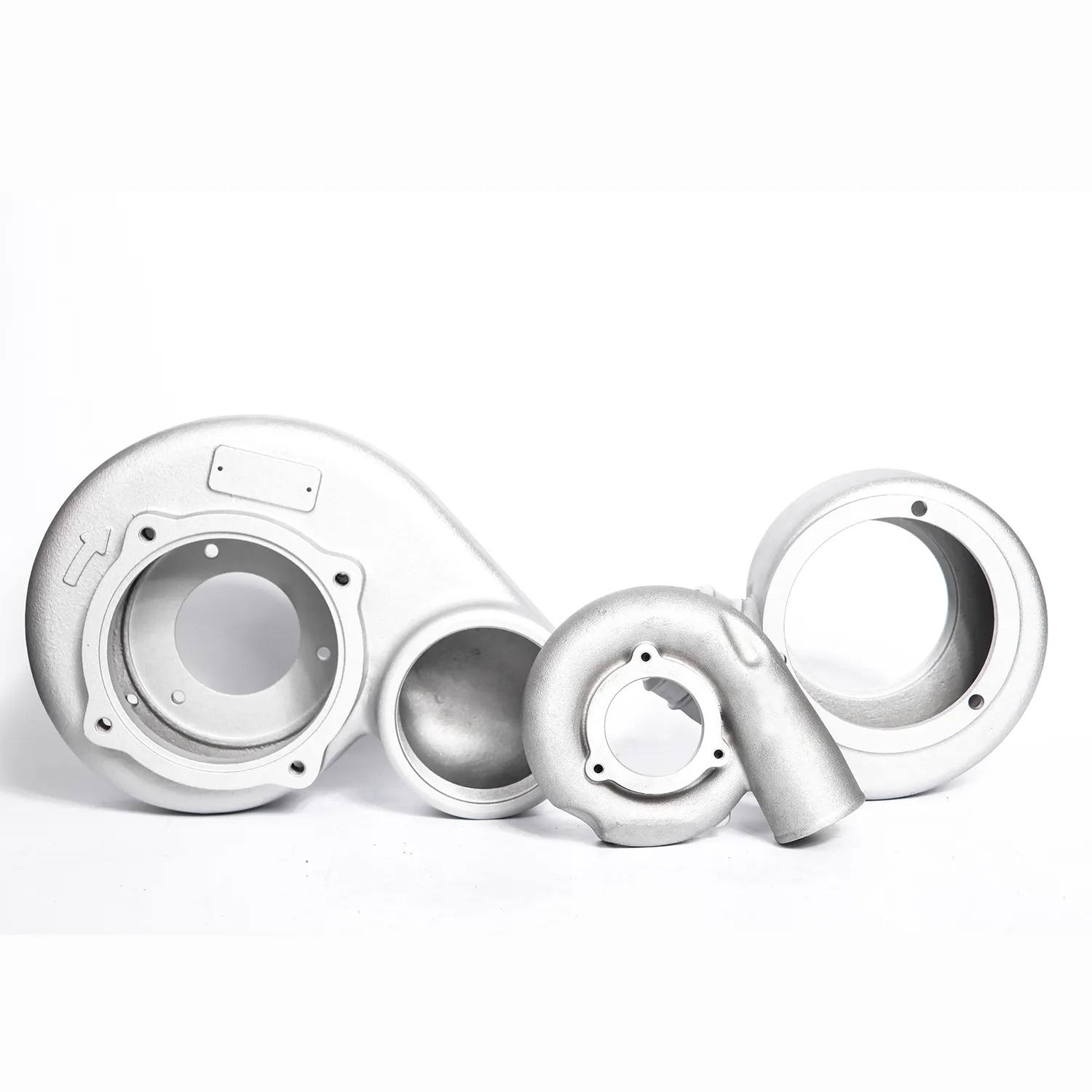Mobile:+86-311-808-126-83
Email:info@ydcastings.com
3 types of impeller
The Three Types of Impellers
Impellers play a critical role in various engineering applications, especially in pumps and turbines, where they are used to move fluids or gases. They are designed to convert rotational energy from a motor into kinetic energy in the fluid. Depending on the application and the desired fluid dynamics, different types of impellers are utilized. This article will discuss three primary types of impellers centrifugal, axial, and mixed-flow impellers.
Centrifugal Impellers
Centrifugal impellers are the most common type and are widely used in pumps. They operate on the principle of centrifugal force, which is generated by the rotation of the impeller. The impeller blades are shaped so that when they spin, they draw fluid into the center and fling it outward. This outward motion increases the fluid's velocity, converting the mechanical energy from the motor into kinetic energy. Centrifugal impellers are ideal for applications that require the efficient movement of large volumes of liquid at relatively low pressures. They excel in situations where the fluid needs to be moved quickly through pipelines, such as in water treatment facilities, irrigation systems, and various industrial processes. However, their effectiveness diminishes with highly viscous fluids or when the flow rates are very low.
Axial Impellers
In contrast, axial impellers operate differently. They use a propeller-like design to move fluid parallel to the axis of rotation. The blades of an axial impeller push the fluid in the same direction as the impeller shaft, creating a low-pressure zone that draws in additional fluid from the surrounding area.
Axial impellers are particularly useful in applications where large volumes of fluid need to be moved over relatively short distances. They are commonly found in aeration systems, cooling towers, and ship propulsion systems. While axial impellers can handle higher flow rates than centrifugal types, they generally operate at lower pressures. Their efficiency makes them suitable for applications where turbulence or cavitation needs to be minimized.
3 types of impeller

Mixed-Flow Impellers
Mixed-flow impellers, as the name suggests, combine elements of both centrifugal and axial designs. They can move fluids both radially and axially, allowing for a more versatile operation. The blades on mixed-flow impellers are usually inclined, facilitating a flow that combines the benefits of both axial and centrifugal styles.
This type of impeller is especially advantageous in applications requiring a balance between a high flow rate and a manageable pressure level. Mixed-flow impellers are found in various industrial applications, including wastewater treatment plants, where they contribute to effective mixing and fluid movement. They are also used in certain types of pumps designed for specific hydraulic conditions.
Conclusion
The choice of impeller type is crucial for the efficiency and effectiveness of fluid movement in engineering applications. Centrifugal impellers are ideal for high-volume, low-pressure scenarios, while axial impellers excel in high-flow applications with low pressure. Mixed-flow impellers offer a unique combination, making them suitable for various industrial needs.
Understanding the differences between these types of impellers can help engineers and technicians make informed decisions when designing systems that involve the movement of fluids or gases. With the right impeller type, systems can achieve optimal performance, leading to significant improvements in efficiency and effectiveness across a range of industries.
-
Why Should You Invest in Superior Pump Castings for Your Equipment?NewsJun.09,2025
-
Unlock Performance Potential with Stainless Impellers and Aluminum End CapsNewsJun.09,2025
-
Revolutionize Your Machinery with Superior Cast Iron and Aluminum ComponentsNewsJun.09,2025
-
Revolutionize Fluid Dynamics with Premium Pump ComponentsNewsJun.09,2025
-
Optimizing Industrial Systems with Essential Valve ComponentsNewsJun.09,2025
-
Elevate Grid Efficiency with High-Precision Power CastingsNewsJun.09,2025











